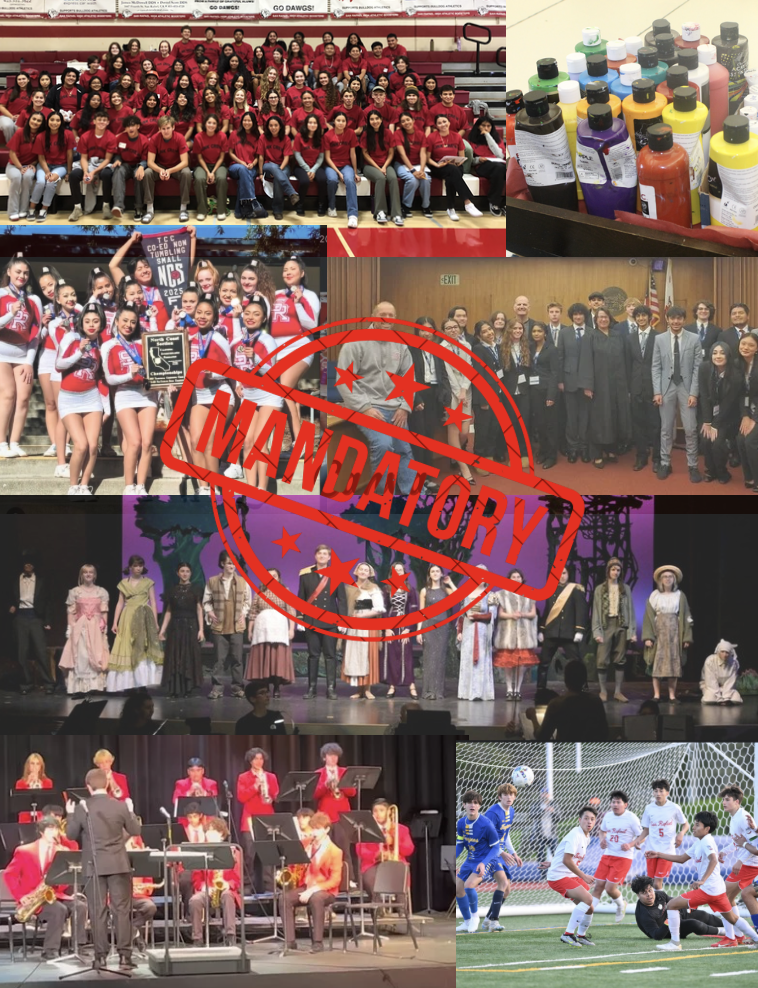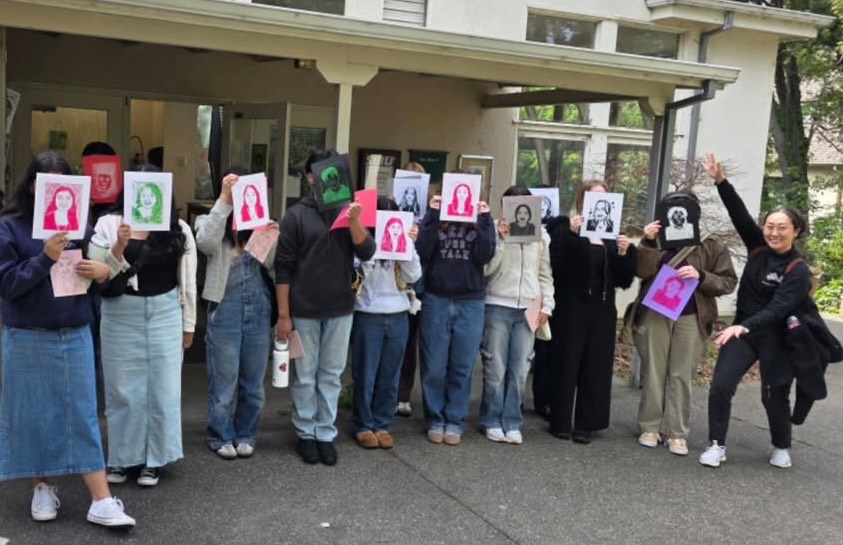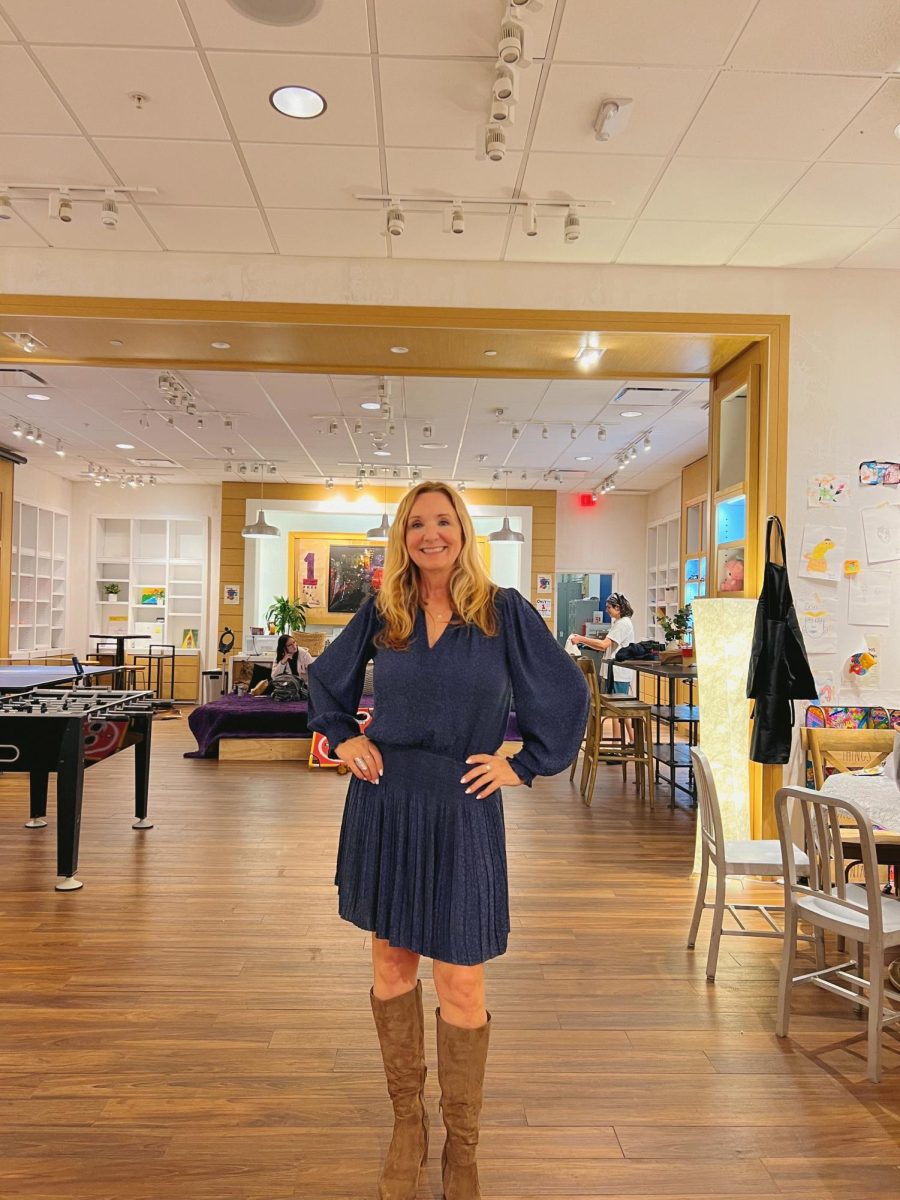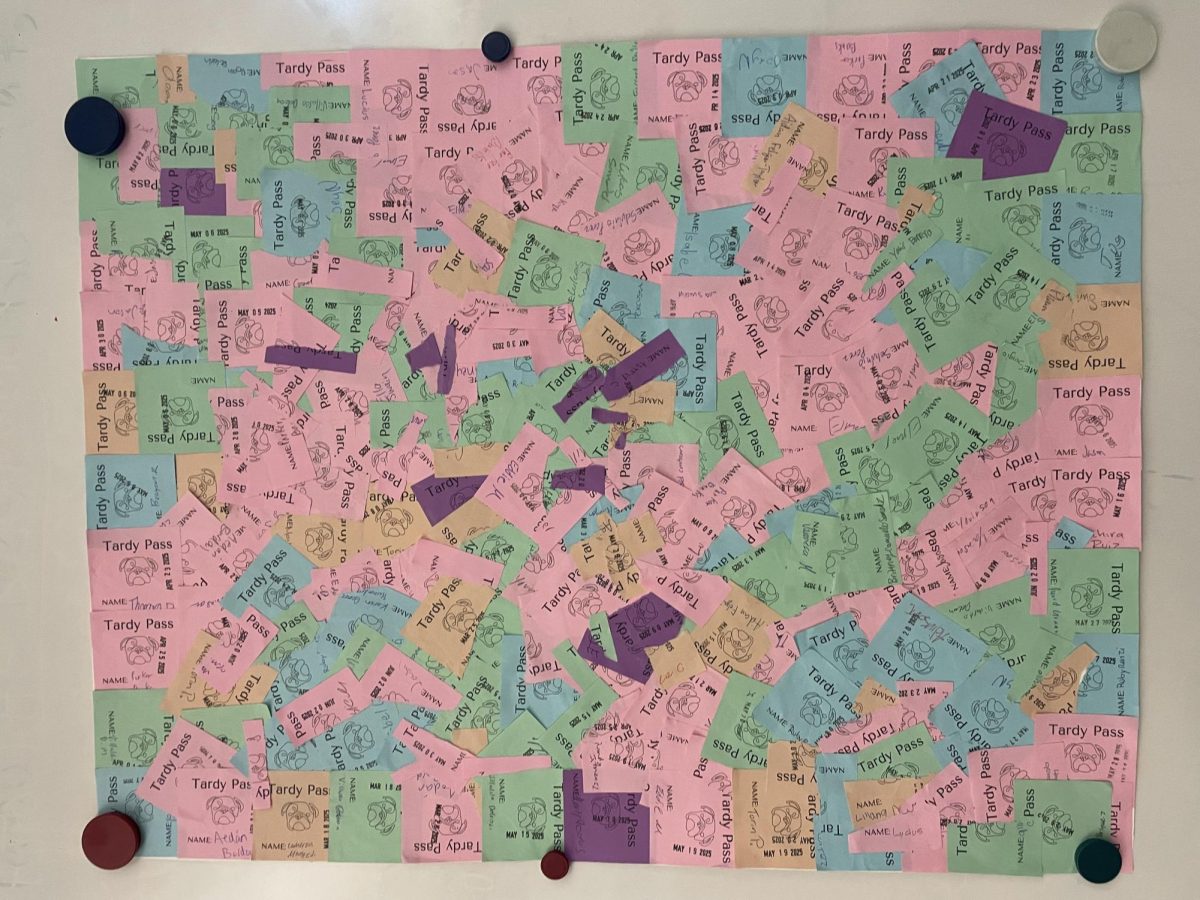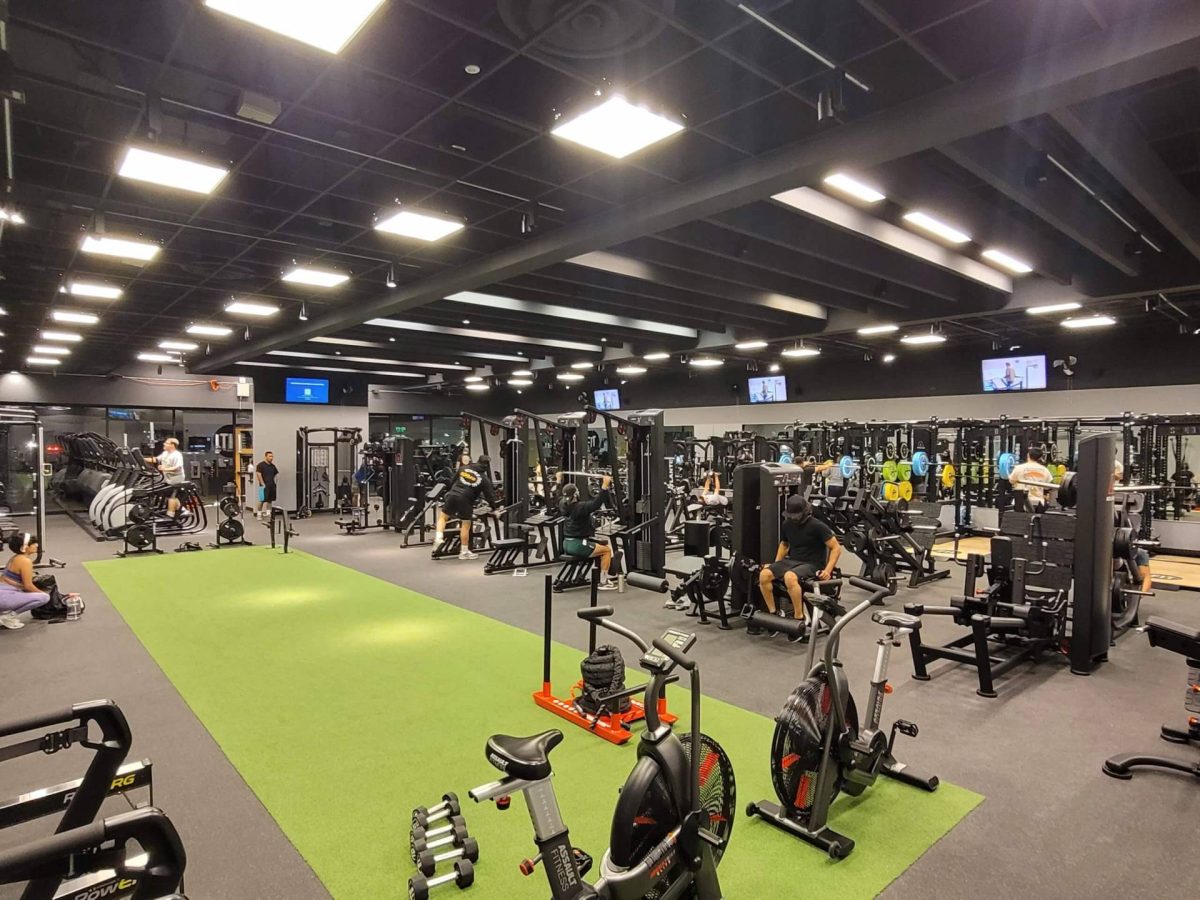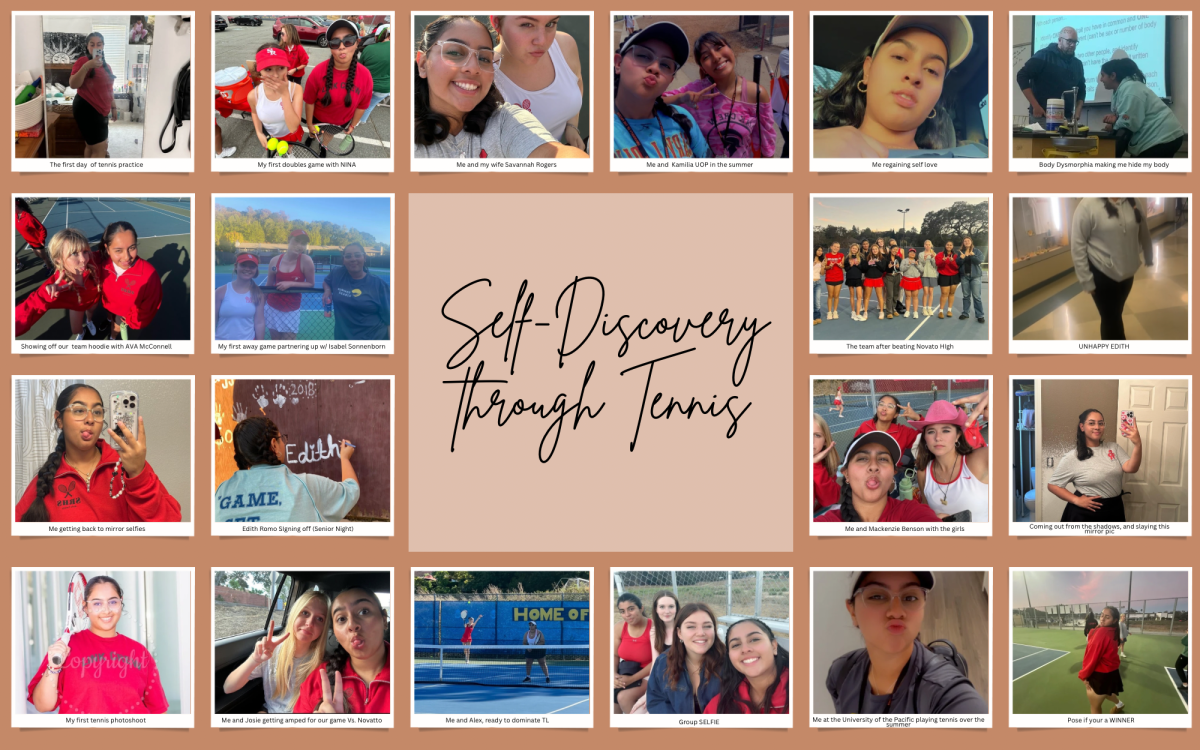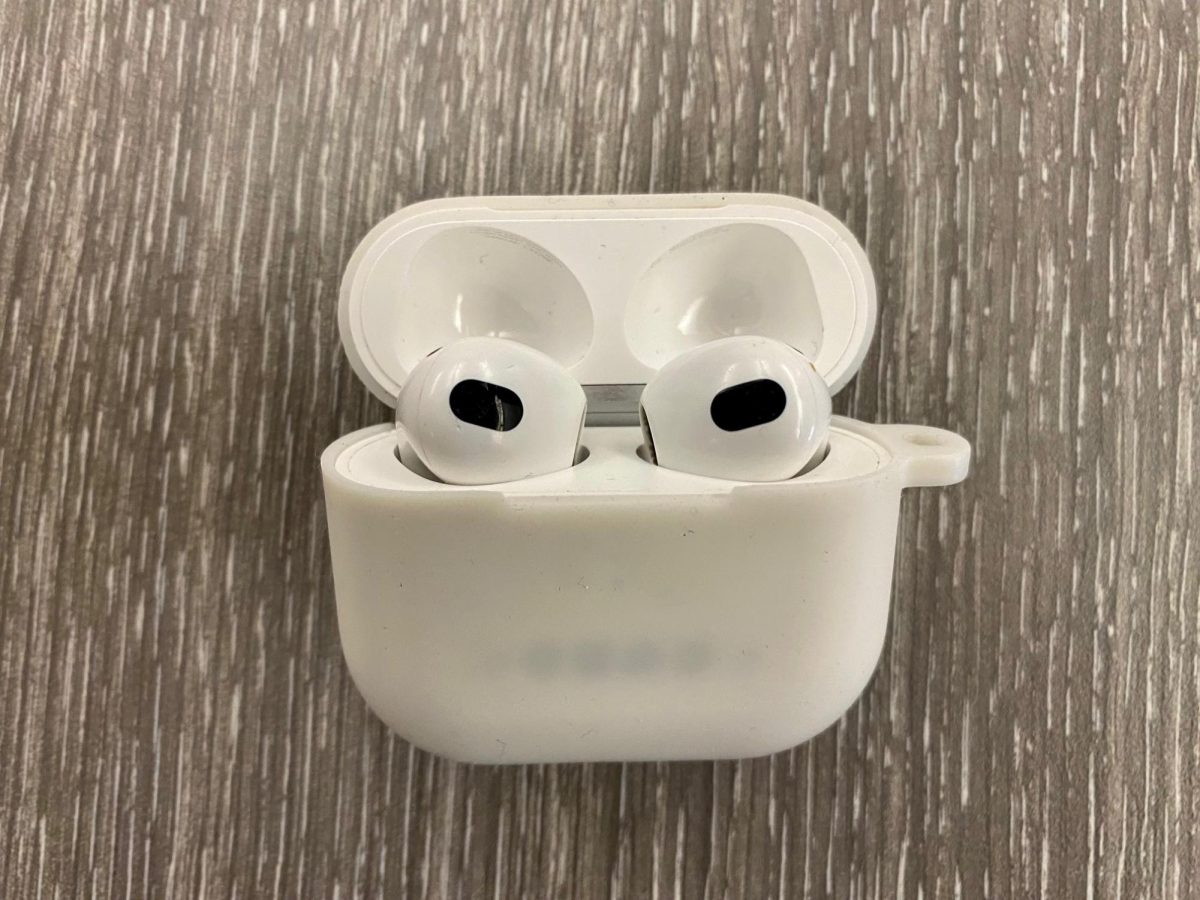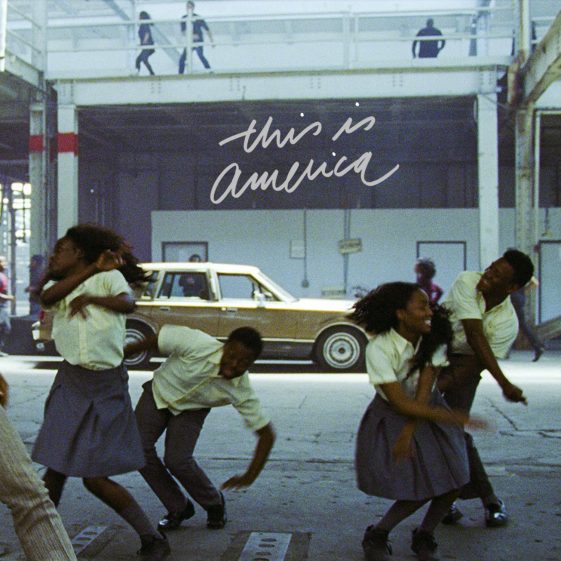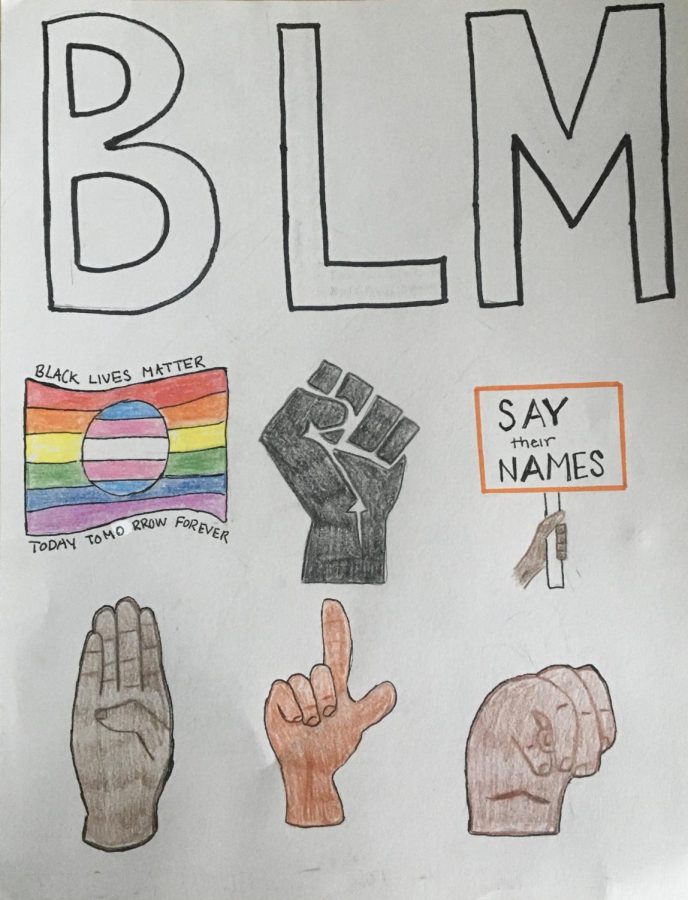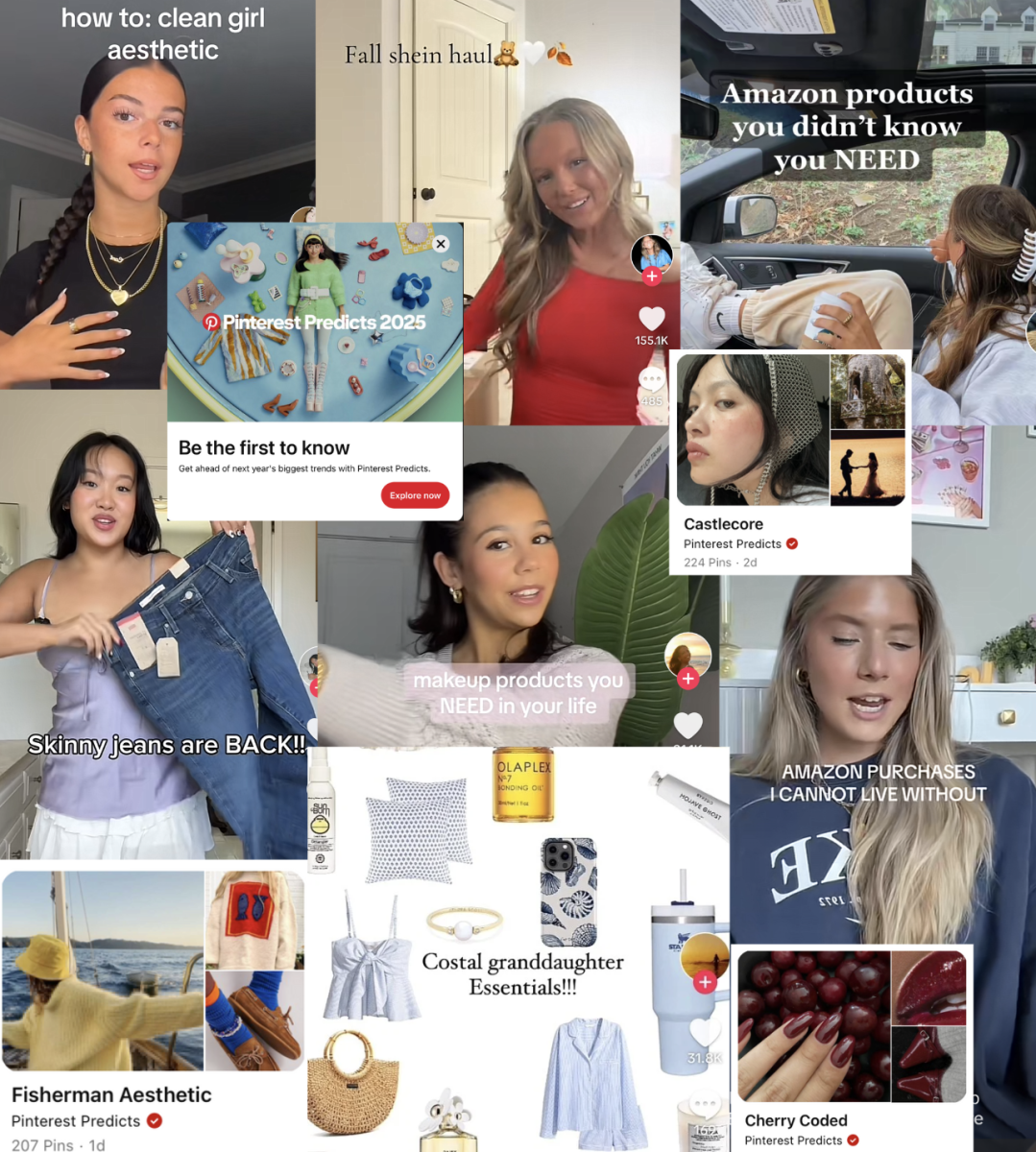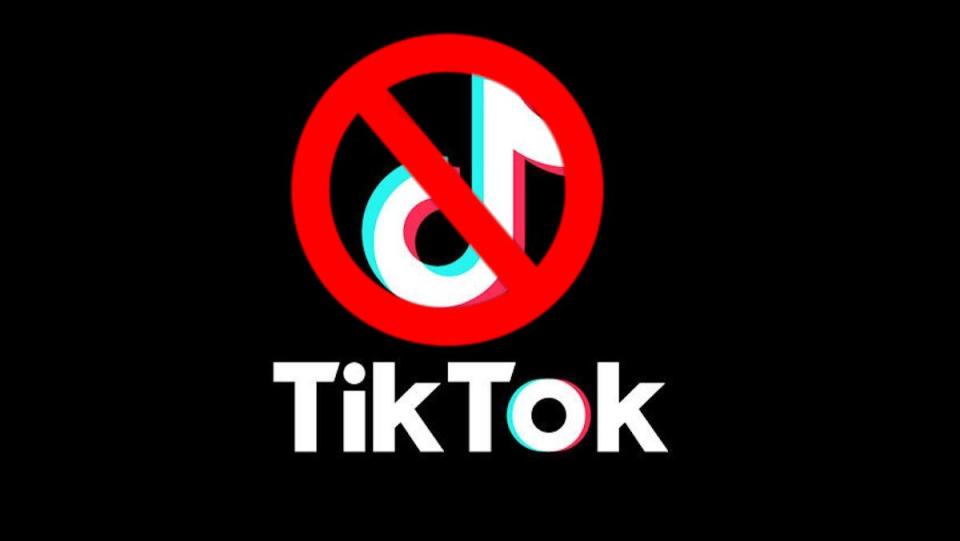As a frequent Pinterest user and phone-addicted teeanger, I can confidently say that social media trends are taking over our lives. Both on and off screen, our desire to follow the norm stems from our natural survival instincts. When we see someone wearing or doing something that brings them satisfaction or status, we model their behavior in search of the same reward. It’s more than survival, however. According to Connor Wood in his article “Why Imitation Is at the Heart of Being Human”: “Copying others is a powerful way to establish social rapport” (Wood).
Our desire to fit in is what fuels the spread of trends. They tend to follow a 20-year cycle, changing as new technology is invented or historical events occur. Trends aren’t inherently a problem. It becomes a problem when they only last for a short time, which is exactly the phenomenon that social media has created. The internet moves at a much faster pace than we do in our actual lives.
In the 1900s, companies were not able to adapt to trends as quickly. New, popular products weren’t as easily accessible to everyone, slowing the integration of new fashions into everyday life. Now, new technologies allow companies to respond to consumer demand much faster. We are constantly fed advertisements through social media platforms like TikTok and access to trends has increased tremendously. SRHS sophomore Katie Hernandez says that she sees ads for beauty products, clothes, and influencer brand deals on a daily basis. Despite her minimal interaction with them, she continues to be bombarded whenever she opens her phone.
Fast fashion companies like Shein are using AI programs to immediately produce thousands of pieces of clothing or accessories that match whatever new aesthetic is emerging. Shein adds 10,000 new items to their sites each day, new designs being materialized in little over a week, and sells at an average price of $10, according to the article “Shein is officially the biggest polluter in fast fashion” written by Sachi Kitajima Mulkey. While this does make fashionable clothing more widely available for lower prices, Shein and other companies emit disastrous levels of emissions (16.7 million metric tons in 2023) and, as trends come and go, millions of tons of their cheap, low-quality material are dumped in landfills to make room for new pieces as explained by Martha Igini in “10 Concerning Fast Fashion Waste Statistics”.
However, it’s not just fast fashion that has grown. Thrifting has become very popular in the past few years in light of a growing sustainability movement, and new trends in fashion. Wealthy people turn to local Goodwills in pursuit of a more “vintage” and “worn-in” look. While I fully support the push for sustainability, it’s important to note this change in demographic. What was once a safe haven for low-income people to find clothes at affordable prices has now become a hotspot for young adults looking for baby tees and low rise jeans to achieve the “early 2000s” aesthetic. In response to rising demand, thrift stores have raised their prices, once again alienating low-income citizens.
I remember, growing up in a low-income family in Marin, always wanting to get products that I couldn’t afford. I felt insecure, well aware that my hand-me-downs were not on trend. Even now, there are no trendy aesthetics that advertise worn-out clothes, buying store-brand groceries, dollar store stocking stuffers, etc. As the trend cycle speeds up, it becomes even harder for low-income folks to keep up with the economic demands of staying relevant.
While a consumerist culture might not directly outcast most people, there is an unspoken sense of disapproval toward those who can’t participate. SRHS junior Han Le recalls an incident when a friend complained about the growing popularity of Stanley water bottles, and yet, showed up to school only a week later with one in her hand. Even though she criticized the trend and the extreme price, she eventually felt pressured enough to give in.
SRHS senior Scarlett Greenwood mentions that she “only started paying attention to trendy stuff as of this year,” as advertising companies and social media expand their outreach. She recalls that earlier this year, a close friend told her that they had to go shopping before winter break for new clothes. When she asked why, her friend said that she didn’t want to wear the same clothes to school for the second year in a row. Greenwood said that it was odd, and it was then that she realized how normalized overconsumption has become.
Pinterest is a perfect example of the effect of focusing too much on trends and aesthetics. While I have managed to curate a pretty diverse feed so far, today I was met with a notification that read something along the lines of “Save these ideas to get ahead of new upcoming trends in 2025!” I clicked on the official “Pinterest Predicts” account to look through these predicted trends. I saw “cherry girl aesthetic,” “medieval castle fashion,” and other hyper-niche aesthetics with absurd names.
Yes, I do enjoy cherries. Do I want to become one? No I do not. Trendy micro-aesthetics tend to single out one aspect of our identity and have it consume every area of our lives: cherry-colored clothing, cherry accessories, cherry red lipstick, home decor, perfumes, etc. To be human is to have individuality. But when it comes to aesthetics, “A “pink girlie” can only have pink clothes in her closet. A “messy girl” can’t ever look elegant and well-kept. An “art girl” can only partake in making art,” explains Su Ertekin-Taner in her article “Microtrends and Minimized Identity.” So while a multitude of trends and aesthetics offers many options for self-expression, the constant push to label oneself and maintain a certain style is stressful and limiting.
Our identities should not be reduced to surface-level qualities in order to fit a certain aesthetic. We do not have to throw out our entire closet to make room for a new “summer wardrobe” every year. There is nothing wrong with wearing a trendy item of clothing or trying out a popular beauty product, but in a fast-paced, online world, it is increasingly important to maintain your ability to make decisions that honor your individuality.










